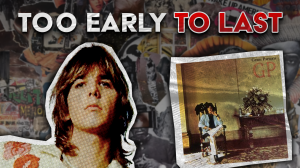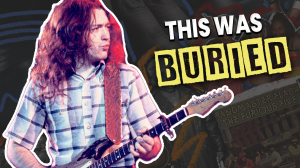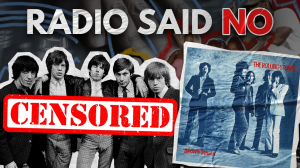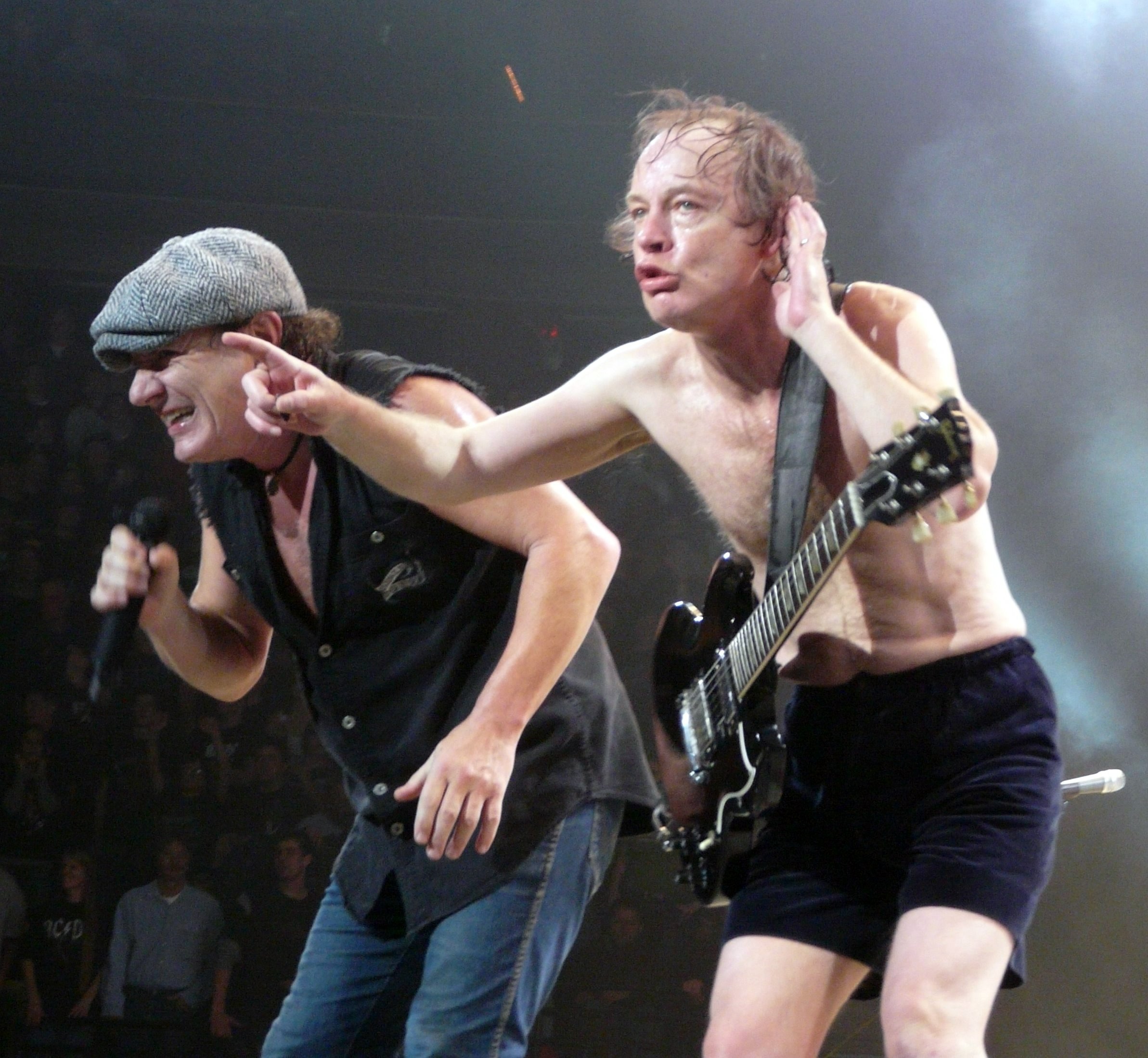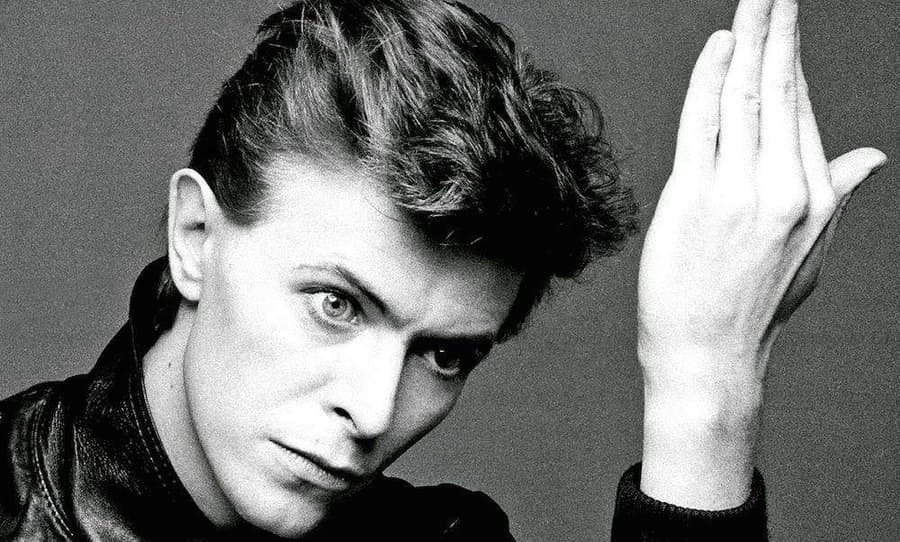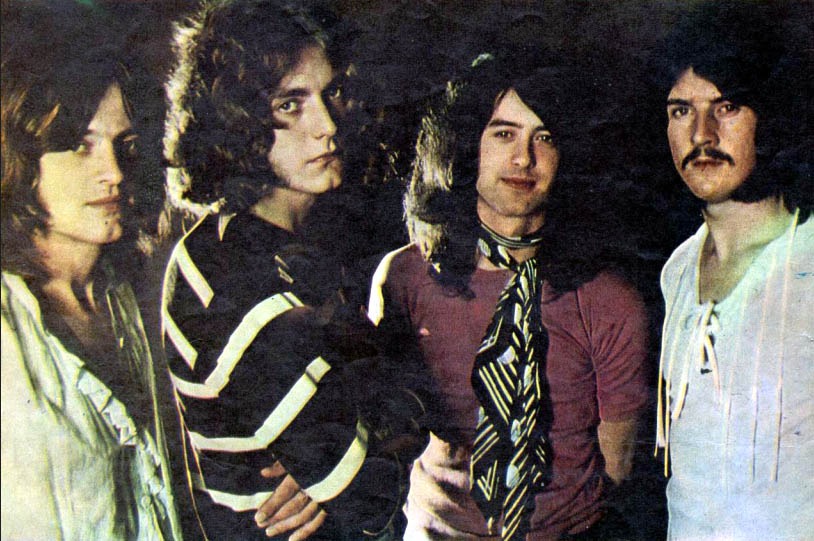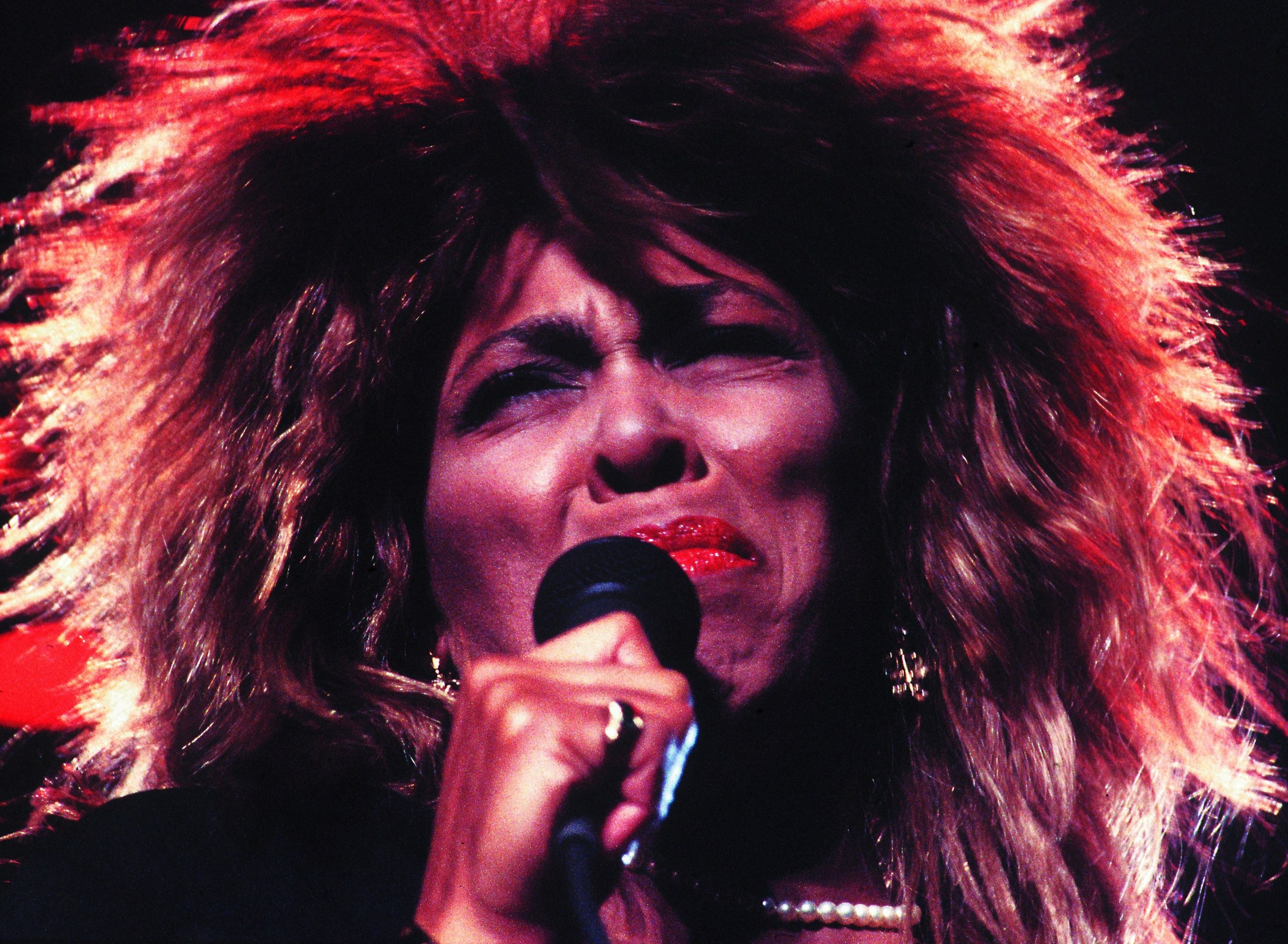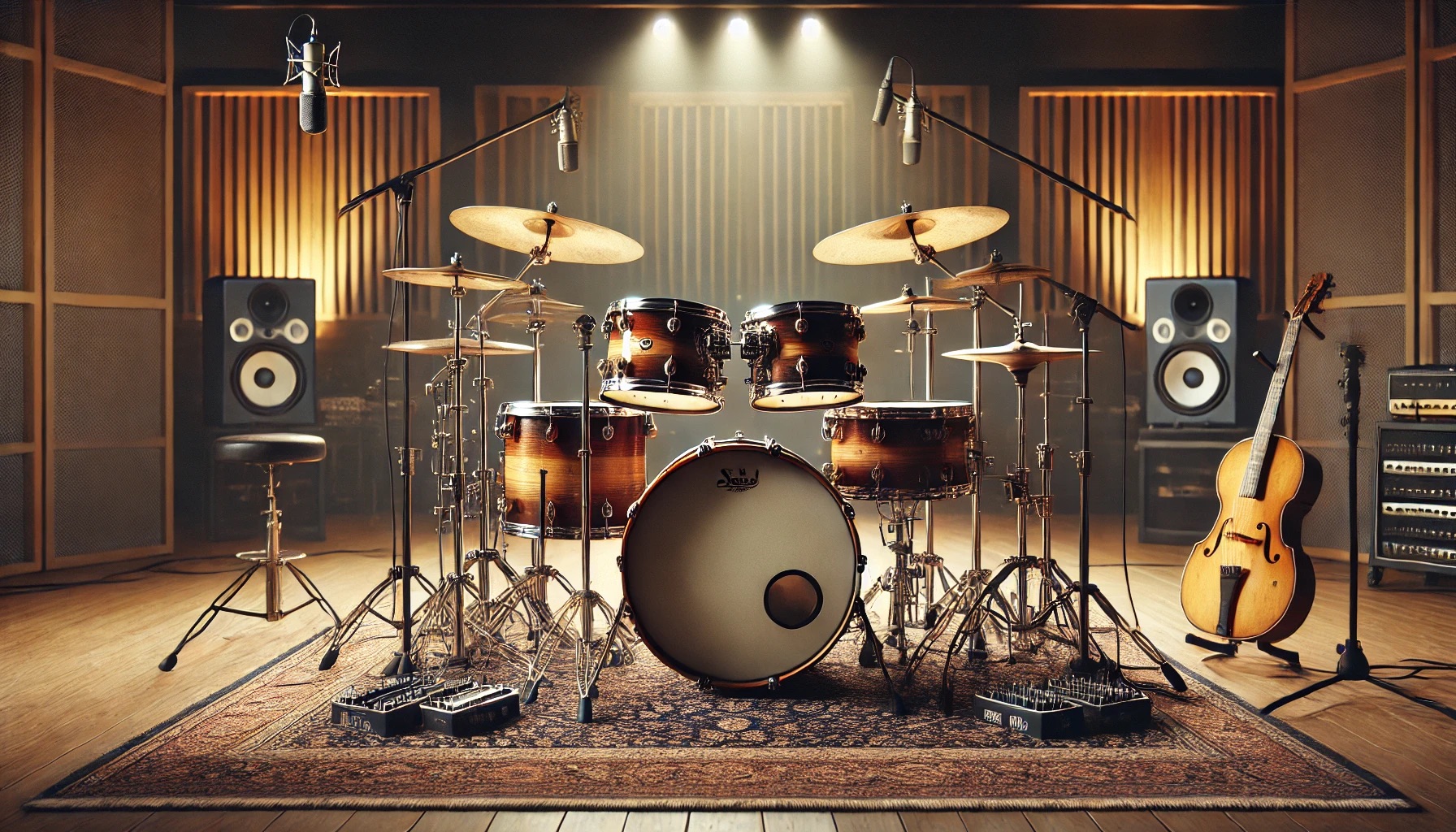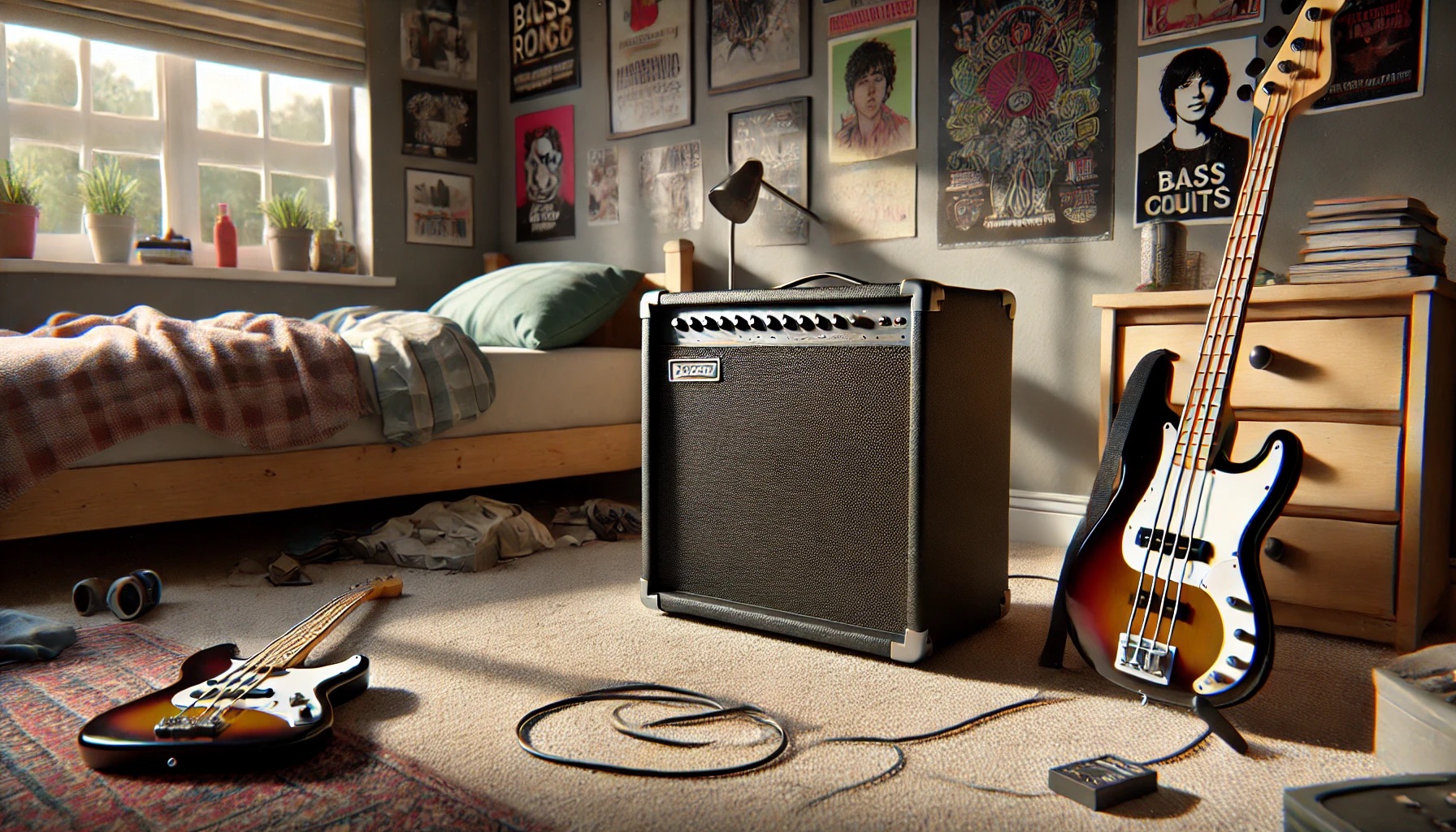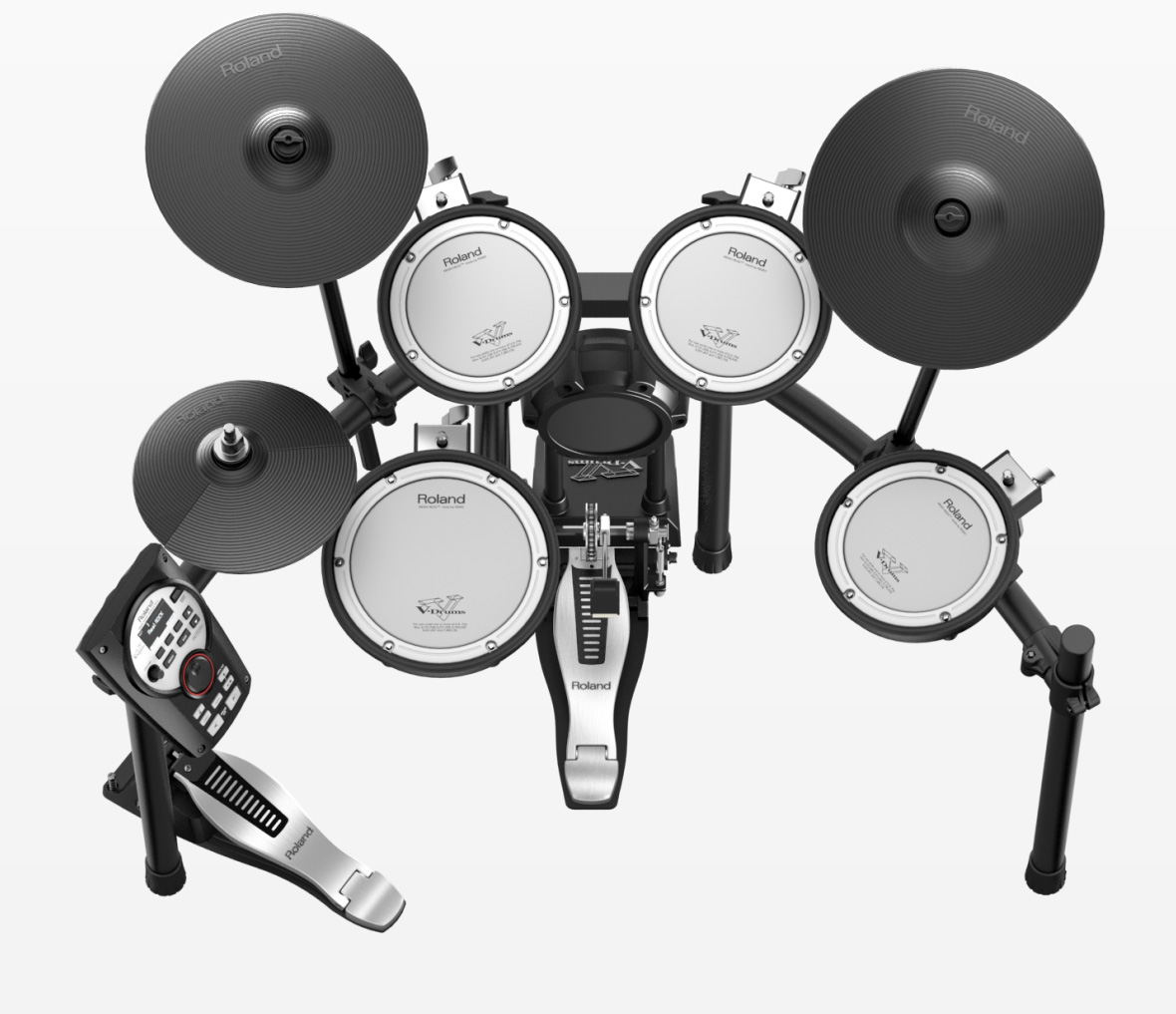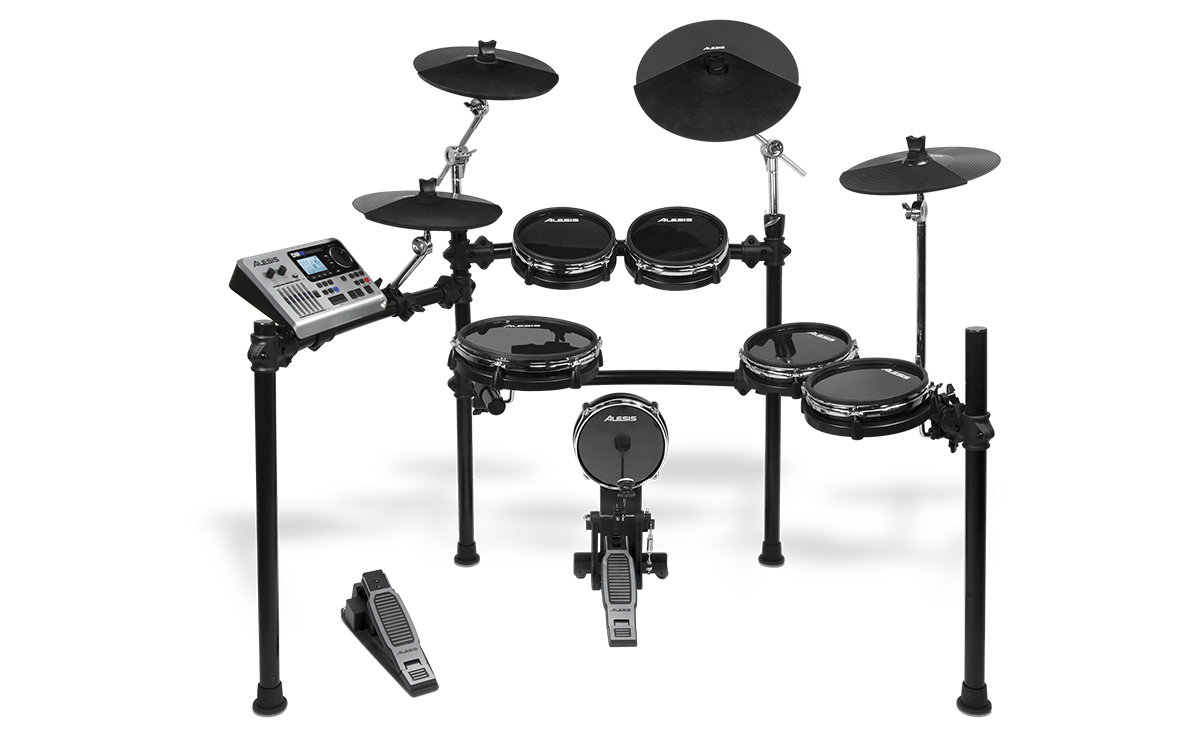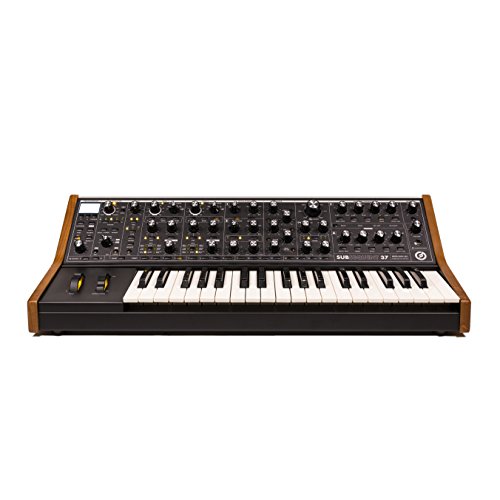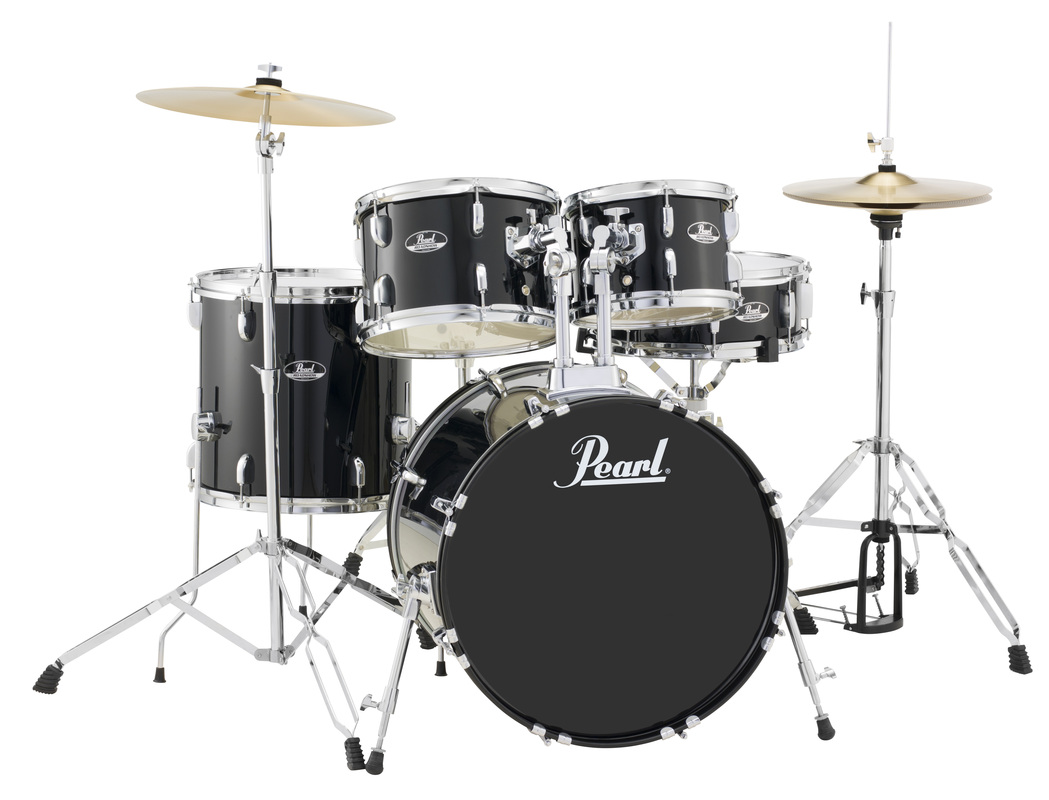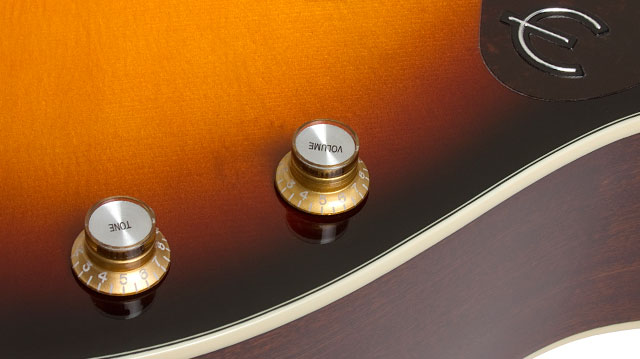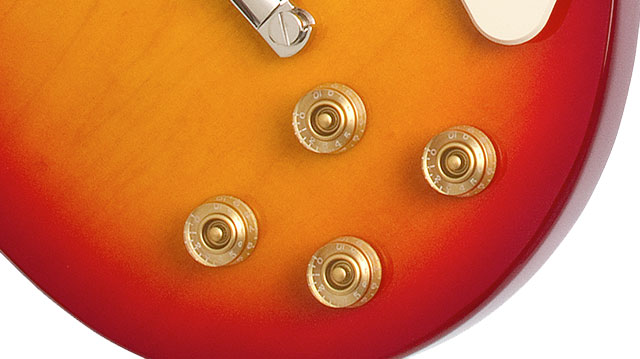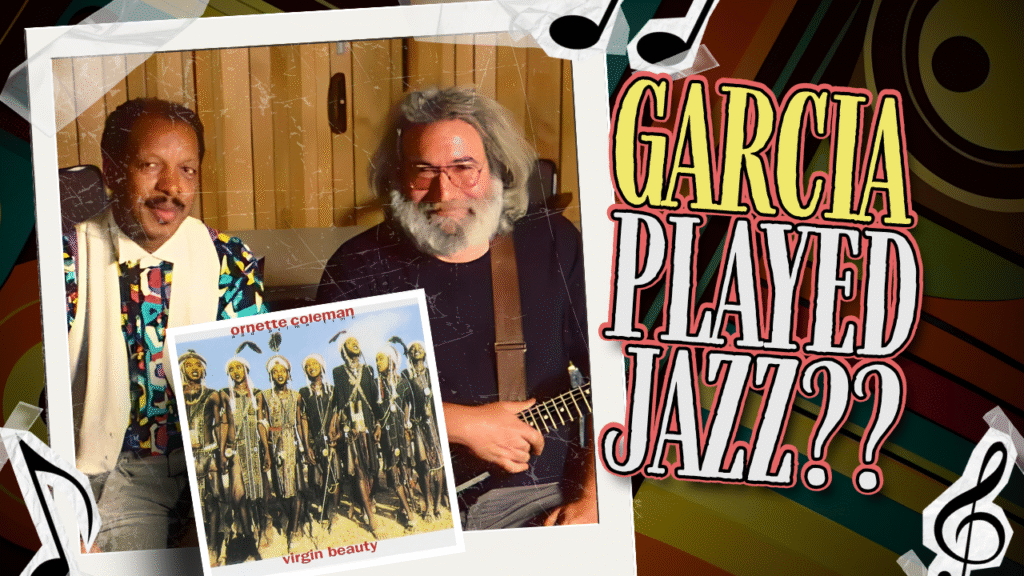
Jerry Garcia‘s genius extended far beyond the Grateful Dead’s psychedelic universe. For those curious about the full scope of Jerry Garcia’s influence and background, the Jerry Garcia biography covers his journey from San Francisco’s music scene to global icon status. His guitar touched everything from folk ballads to free jazz experiments, transforming songs with that unmistakable Garcia magic.
You know the sound — those liquid guitar lines that somehow made every collaboration feel inevitable, like the artists were always meant to play together. These nine albums showcase Garcia as the ultimate musical chameleon, adapting his style while never losing his distinctive voice. Each represents a different facet of his restless creativity and generous spirit as a collaborator.
9. “Beauty of a Dream” – Thomas Dolby (1992)
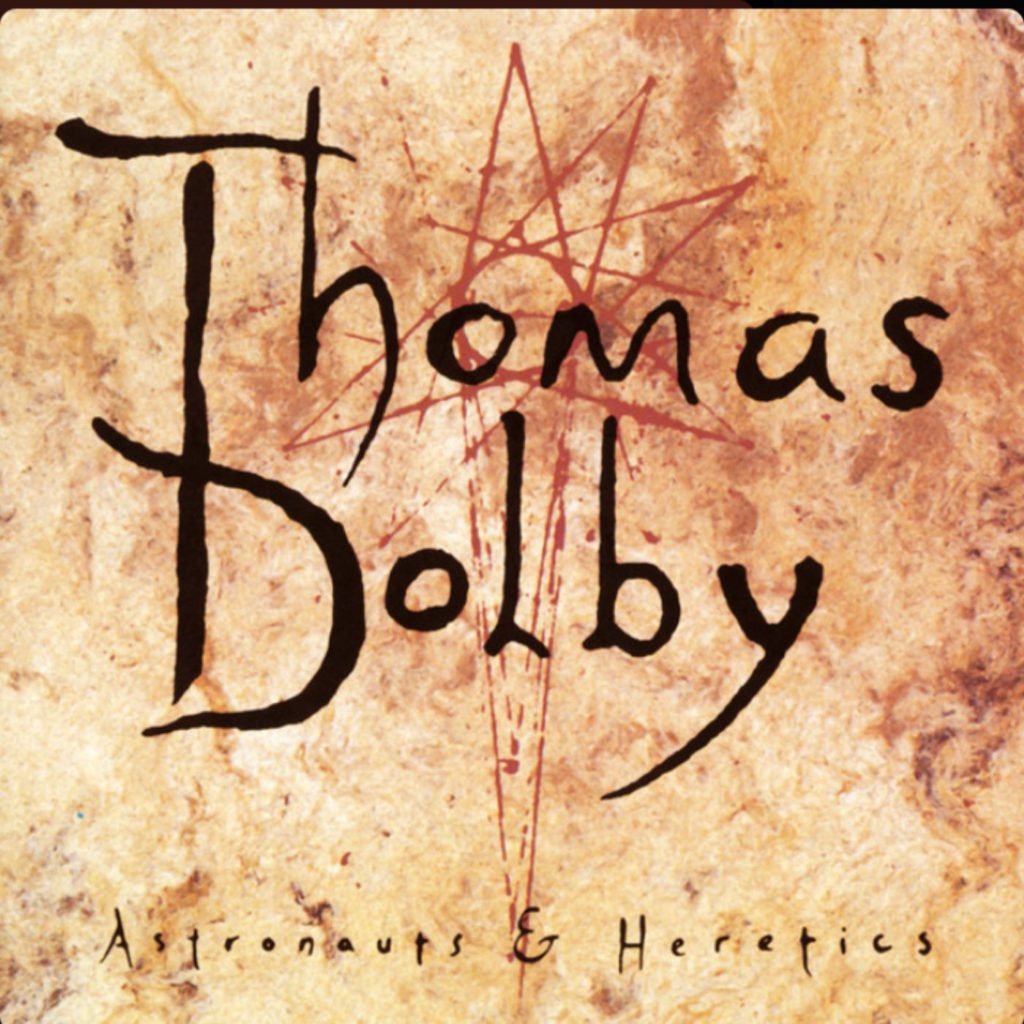
Electronic pioneer meets psychedelic legend in this surprising synthesis of synth-pop and organic guitar textures. Garcia’s appearance on Dolby’s ‘Astronauts & Heretics‘ album creates an unlikely but compelling musical marriage. His guitar work somehow makes perfect sense within Dolby’s technological soundscapes, proving that great musicianship transcends genre boundaries.
The track features both Garcia and Bob Weir, creating a mini-Dead reunion within Dolby’s futuristic compositions. Their guitars add human warmth to the electronic arrangements, demonstrating how organic instruments can enhance rather than compete with synthesized sounds. This collaboration represents Garcia’s willingness to explore any musical territory that sparked his curiosity.
8. Virgin Beauty – Ornette Coleman (1988)
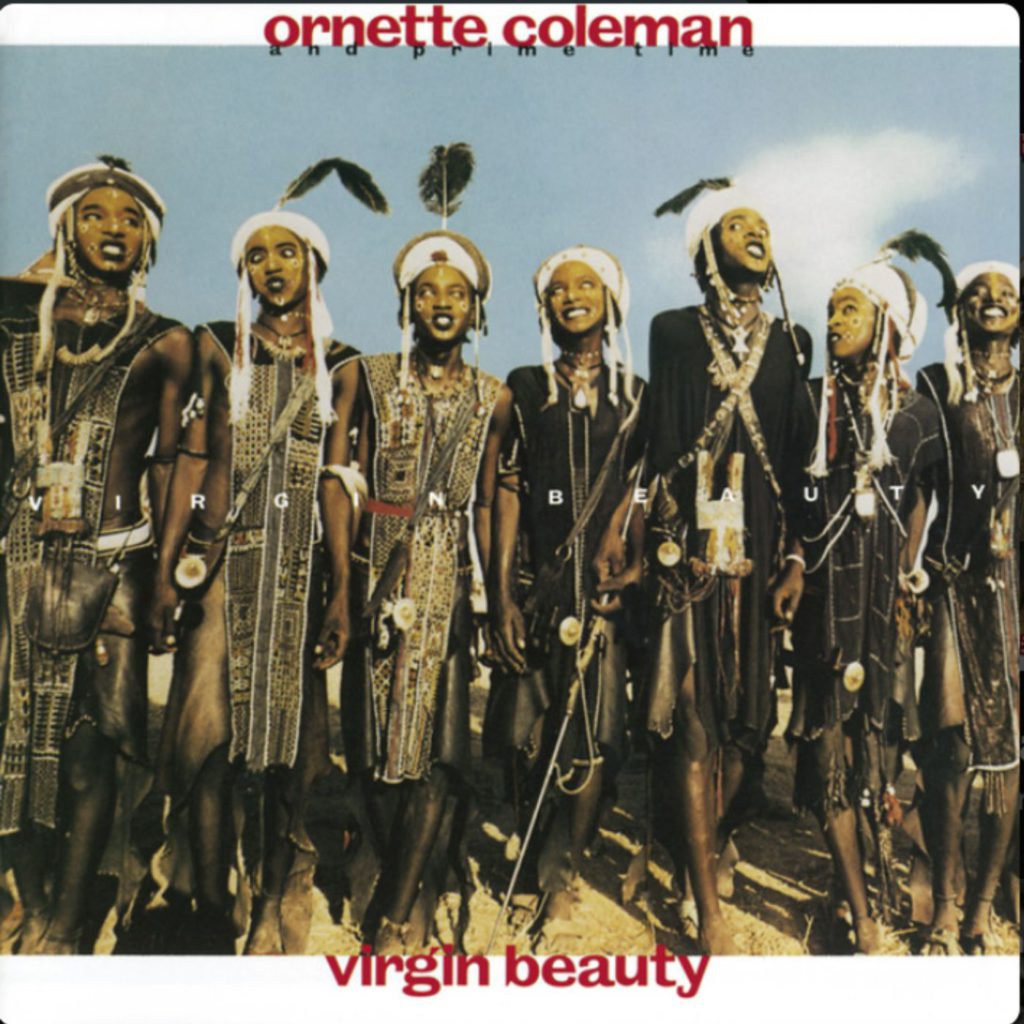
Jazz legend meets rock icon in this unlikely but brilliant pairing that shattered both musicians’ preconceptions about genre boundaries. Coleman’s harmolodic theory — where melody, harmony, and rhythm function as equal partners — had already seeped into Grateful Dead compositions like “Dark Star” and “Playing in the Band,” making their 1988 collaboration feel cosmically inevitable. Garcia appears on three tracks, including “Three Wishes” and “Desert Players,” using his trademark Gibson SG through a clean Twin Reverb setup to navigate Coleman’s complex musical mathematics.
Their sessions became legendary among jazz-rock fusion circles, with Garcia later describing Coleman as “a musical prophet who taught me that there are no wrong notes, only unexpected ones.” This collaboration directly influenced the Dead’s late-period experimental jams, introducing polyrhythmic concepts that would surface in their final tours. The album remains a fascinating document of two fearless innovators pushing each other toward uncharted musical territories.
7. “Down in the Willow Garden” – Art Garfunkel (1973)
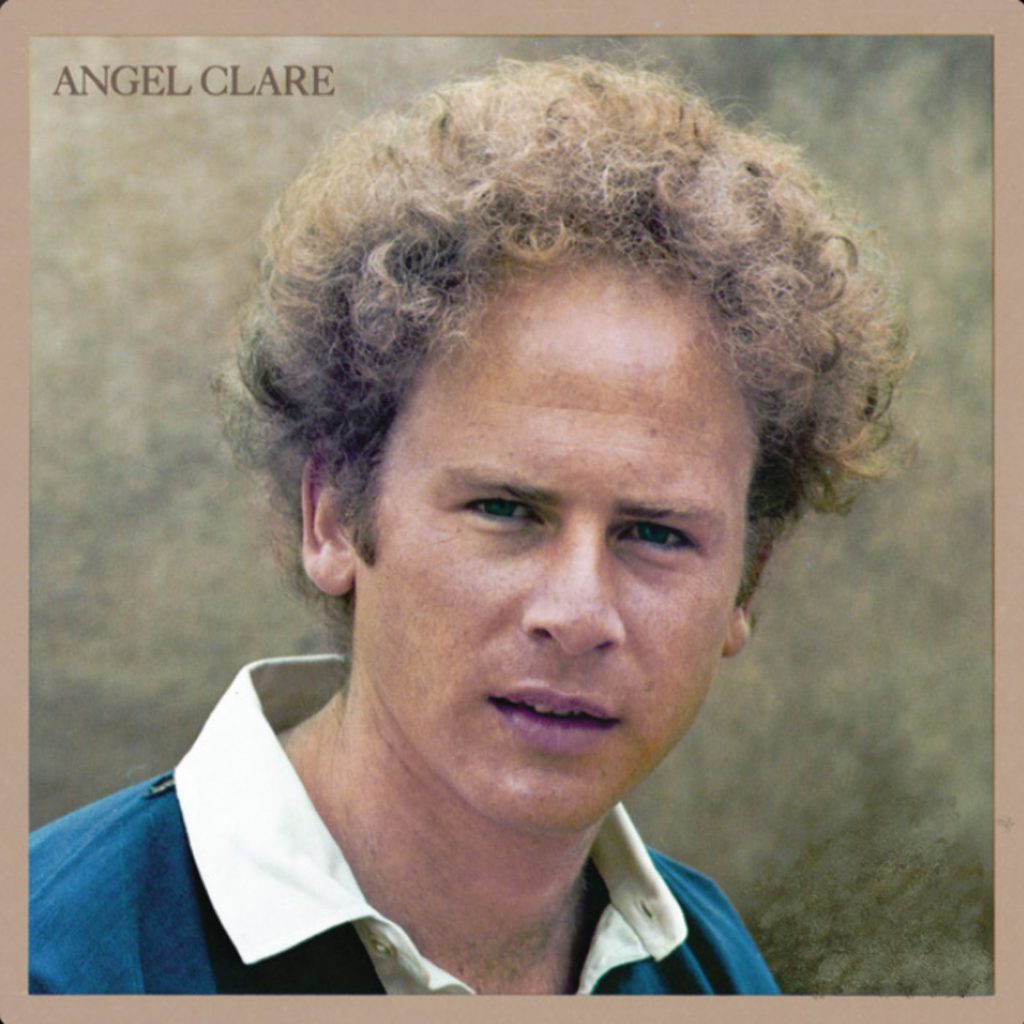
Garcia’s delicate acoustic guitar transforms this traditional folk murder ballad into something haunting and beautiful. Appearing on Garfunkel’s ‘Angel Clare’ album, his fingerpicked arpeggios provide the perfect backdrop for the former Simon & Garfunkel member’s pristine vocals. The arrangement breathes with Garcia’s subtle DADGAD tuning work, creating open, ringing harmonics that never overwhelm the song’s dark narrative.
This collaboration showcases Garcia’s restraint and taste, qualities often overshadowed by his reputation for extended improvisation. During one late-night session break, Garcia reportedly told Garfunkel, “Sometimes the most beautiful thing you can play is silence between the notes.” His guitar parts here feel carefully considered, each note serving the song’s emotional arc rather than showcasing technical prowess.
6. A Night on the Town – Bruce Hornsby and the Range (1990)
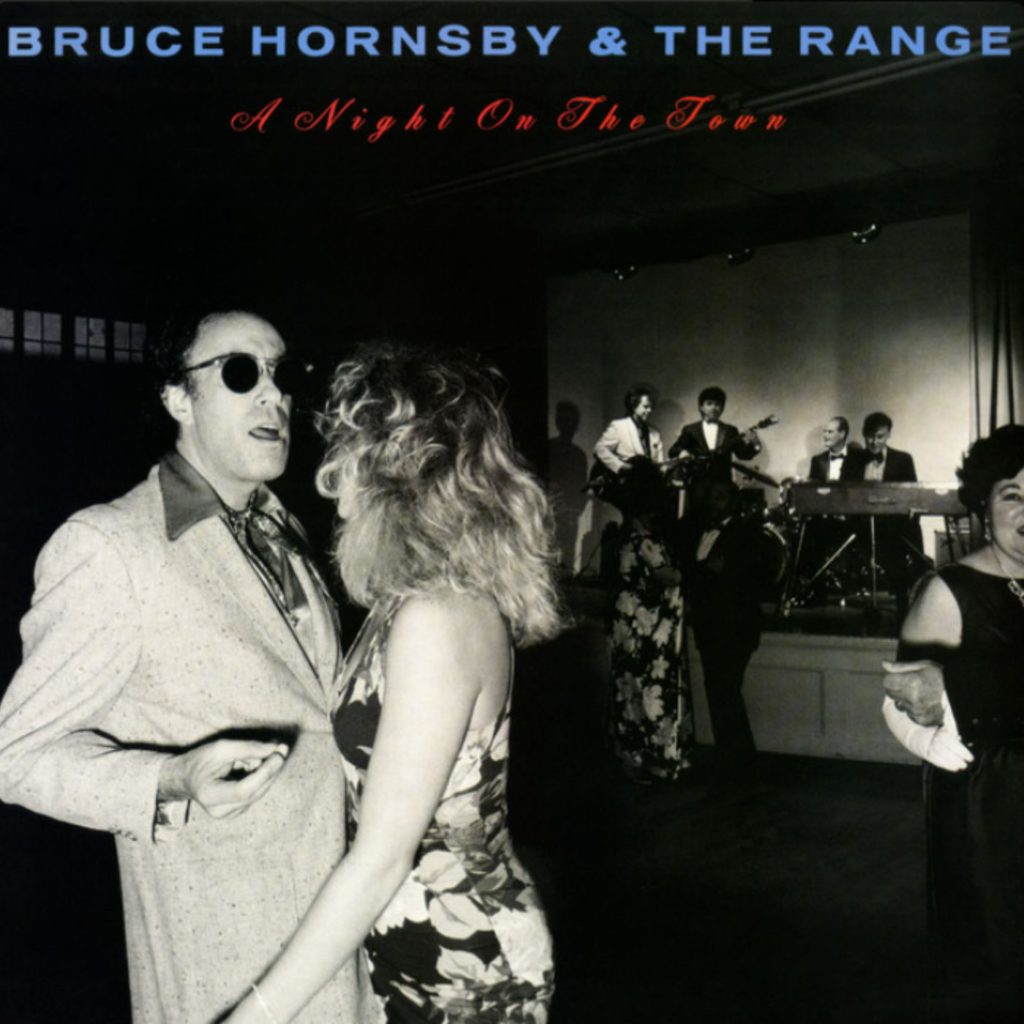
Garcia’s guitar dances alongside Hornsby’s piano virtuosity on this underrated collaboration, particularly shining on “Across the River.” His signature volume swells and melodic fills complement Hornsby’s jazz-influenced compositions without overwhelming their sophisticated arrangements. The addition of Bela Fleck‘s banjo on “Baron Ground” creates a three-way conversation between masters of their respective instruments. For more details, the Bruce Hornsby official discography gives a direct source for album information and confirms Garcia’s participation.
Garcia once said about session work: “You’re not there to show off — you’re there to make the song better.” This album perfectly captures that philosophy, where his improvisational instincts mesh with Hornsby’s compositional complexity. Their musical chemistry feels effortless, like longtime friends discovering new musical territories together.
5. Transverse City – Warren Zevon (1989)
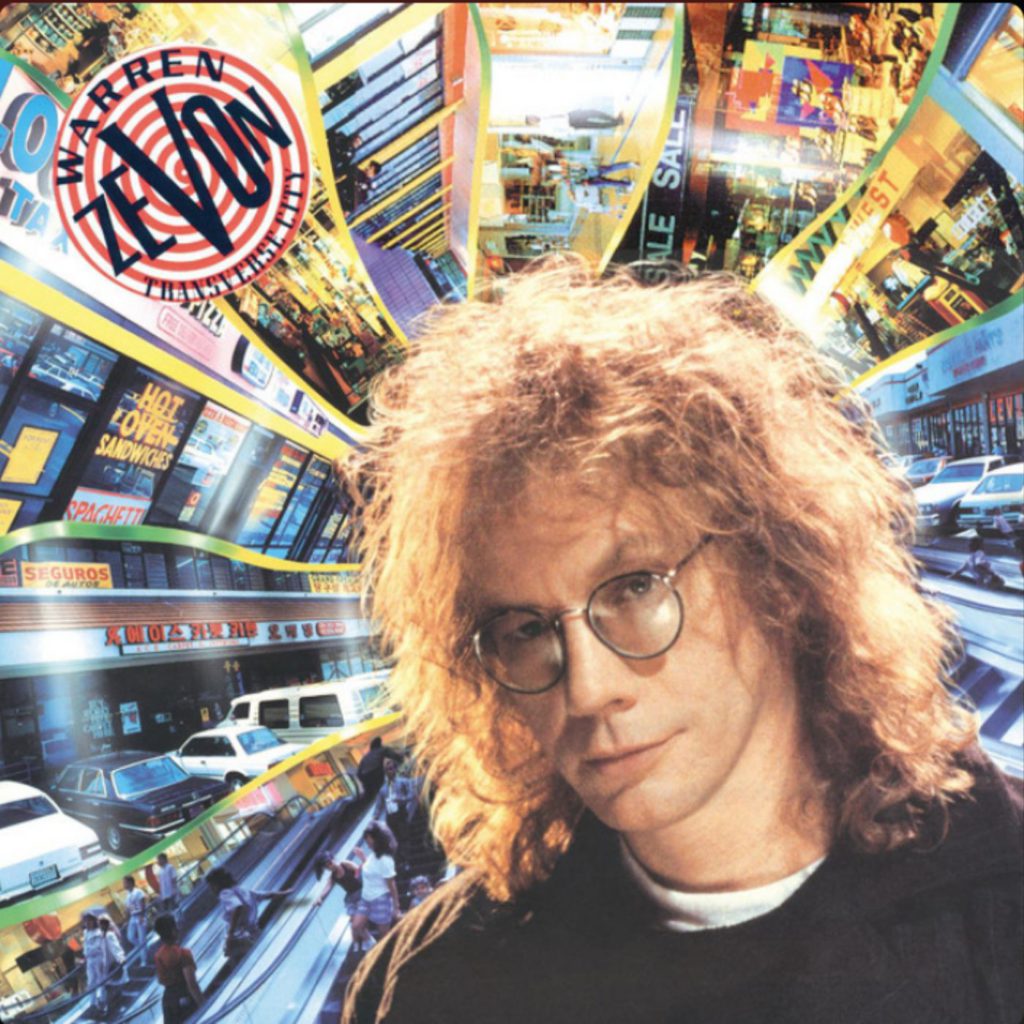
Garcia’s subtle guitar work elevates Zevon‘s darkly humorous songwriting without stealing focus from the compositions. His contributions to the title track and “They Moved the Moon” demonstrate remarkable restraint, adding color through carefully placed fills and melodic accents. This represents Garcia at his most tasteful, understanding that sometimes less truly becomes more. The Transverse City album overview confirms Garcia’s session work and provides additional context about the album’s sound and collaborators.
Zevon’s experimental album benefits enormously from Garcia’s signature tone, which adds warmth to the often cold, technological soundscapes. Their collaboration feels natural despite their different musical backgrounds, united by their shared commitment to songcraft over showboating. Garcia’s guitar becomes another voice in Zevon’s musical narrative.
4. Superstitious Blues – Country Joe McDonald (1991)
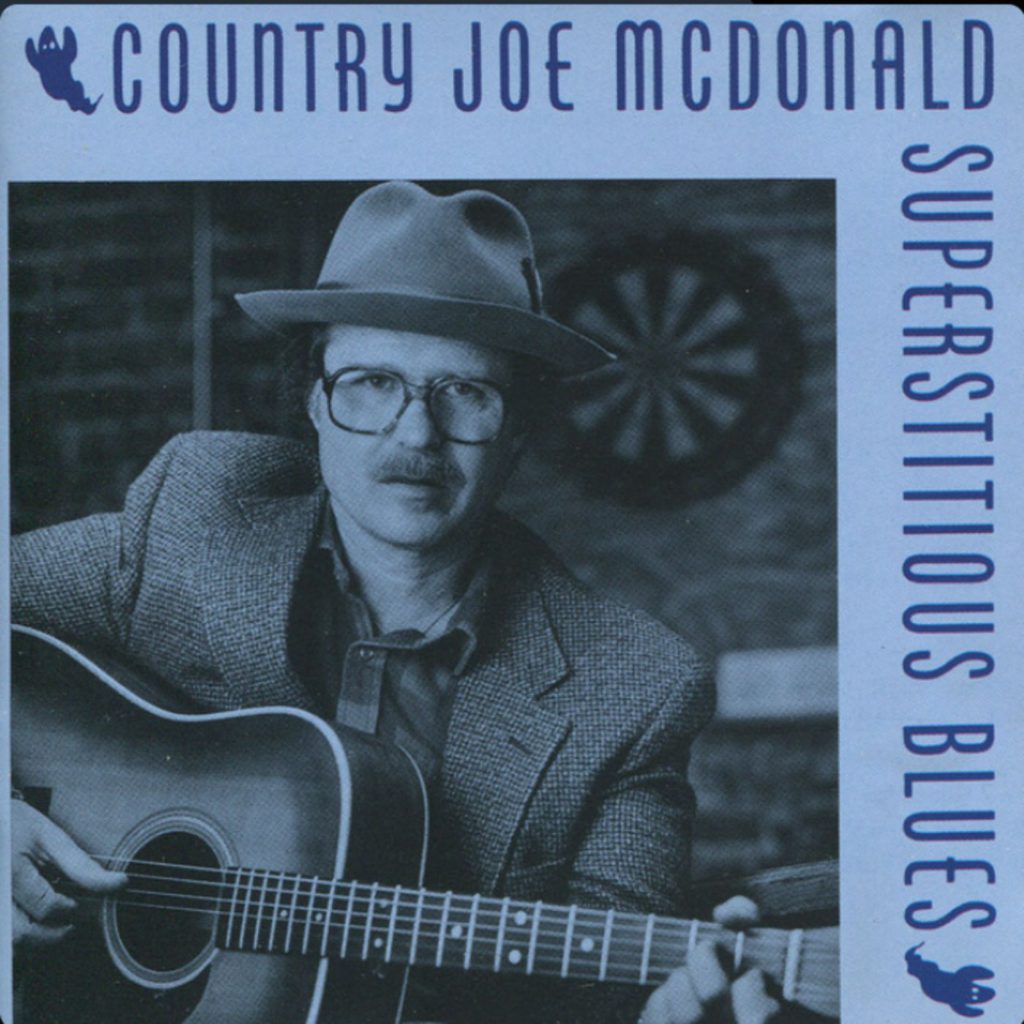
Garcia’s guitar breathes new life into Country Joe‘s return to his folk roots, appearing on three tracks including the title song. His playing adds authenticity and energy to McDonald’s stripped-down arrangements, proving that sometimes the best collaborations happen between old friends. The chemistry between these two ’60s veterans creates magic throughout the album.
McDonald’s decision to enlist Garcia proved inspired, as his guitar work elevates the entire project above typical comeback efforts. Garcia’s contributions feel organic rather than grafted on, like he was always meant to be part of these songs. This collaboration celebrates their shared musical history while pointing toward new possibilities. The Superstitious Blues credits verify Garcia’s appearance and offer further insight into the album’s musicians.
3. Surrealistic Pillow – Jefferson Airplane (1967)
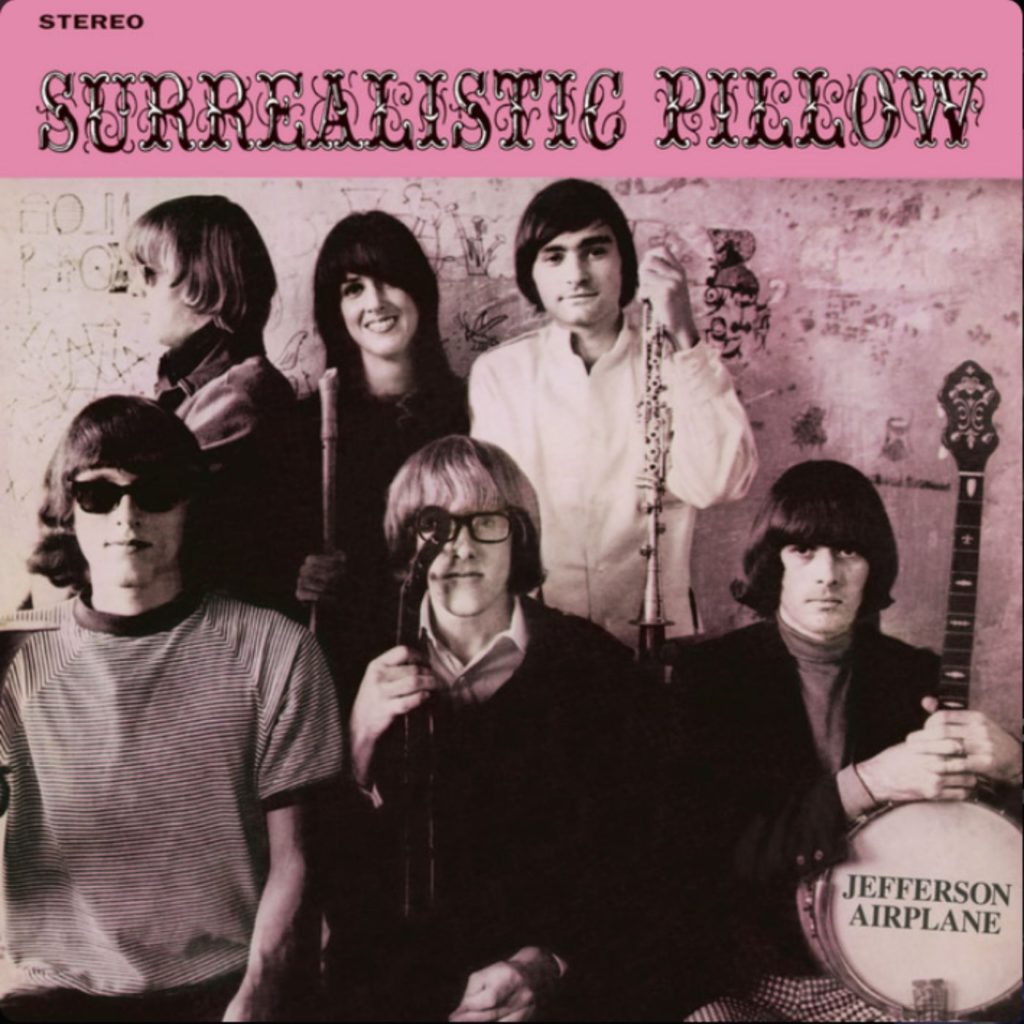
Garcia’s earliest collaboration remains shrouded in San Francisco mystique, befitting an album that helped birth the Summer of Love. His role as “musical and spiritual advisor” for Jefferson Airplane’s breakthrough sounds more like a cosmic job description than studio work. Yet his influence permeates this psychedelic masterpiece, helping shape the band’s artistic vision during those crucial recording sessions. The Surrealistic Pillow background provides authoritative background on the album and Garcia’s credited role.
The album’s revolutionary sound bears Garcia’s fingerprints, even if his specific contributions remain tantalizingly vague. This marked his first credited work outside the Dead, establishing him as a creative catalyst beyond his own band. Sometimes the most profound influences happen behind the scenes. The album’s revolutionary sound bears Garcia’s fingerprints, even if his specific contributions remain tantalizingly vague. For more on the era’s mind-bending creativity, explore the 30 greatest psychedelic rock songs of the 1960s that shaped the Summer of Love and beyond.
2. “Teach Your Children” – Crosby, Stills, Nash & Young (1970)
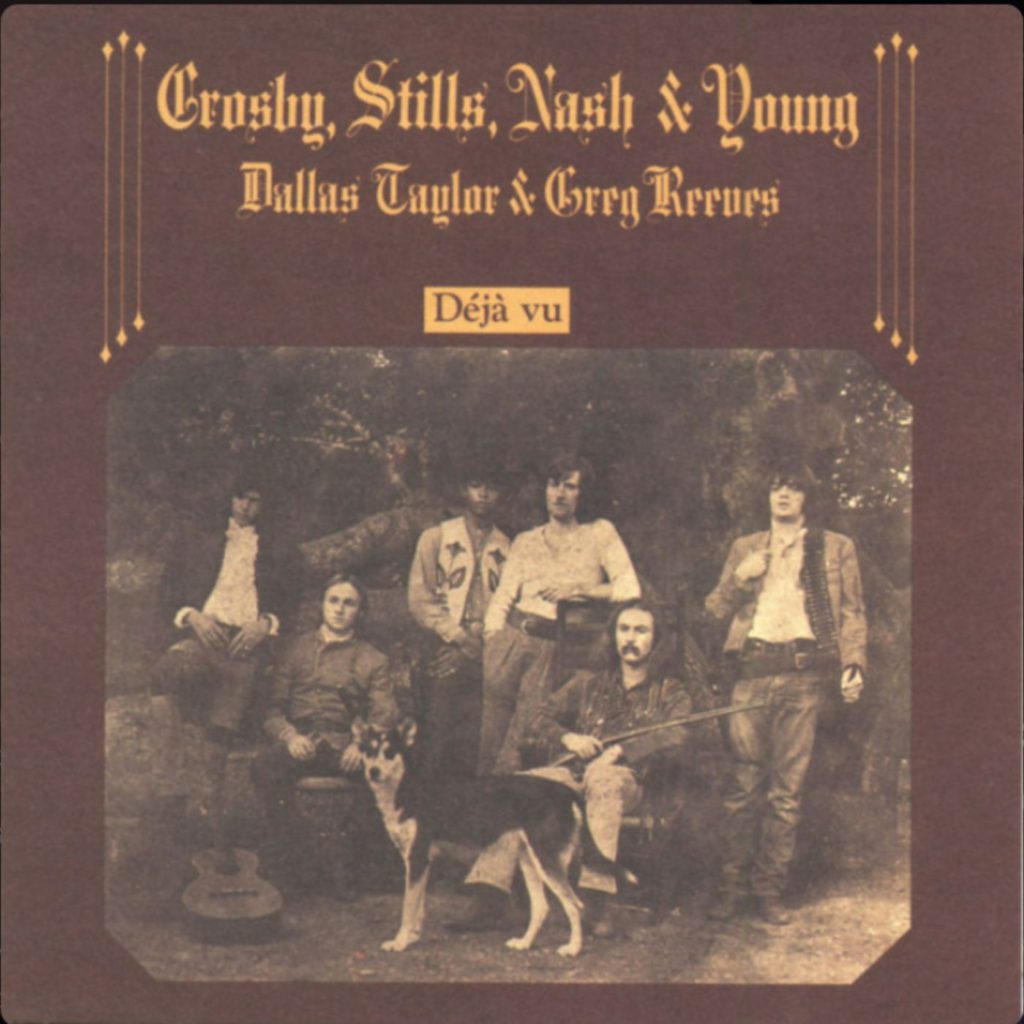
Every pedal steel player since 1970 has tried to match Garcia’s performance on this Graham Nash composition. His soaring lines on “Teach Your Children” became the gold standard for country-rock instrumentation, turning a good song into an anthem. The track’s success catapulted Garcia’s reputation as a session musician, proving his versatility extended far beyond psychedelic rock. The Teach Your Children recording history covers the song’s history and Garcia’s iconic pedal steel performance.
Garcia’s steel guitar doesn’t just accompany the vocals — it converses with them, creating melodic counterpoints that elevate the entire arrangement. This single performance probably did more for his session career than any other recording, establishing him as the go-to guy when artists needed that perfect country touch.
1. Oh Mommy – Brewer and Shipley (1970)
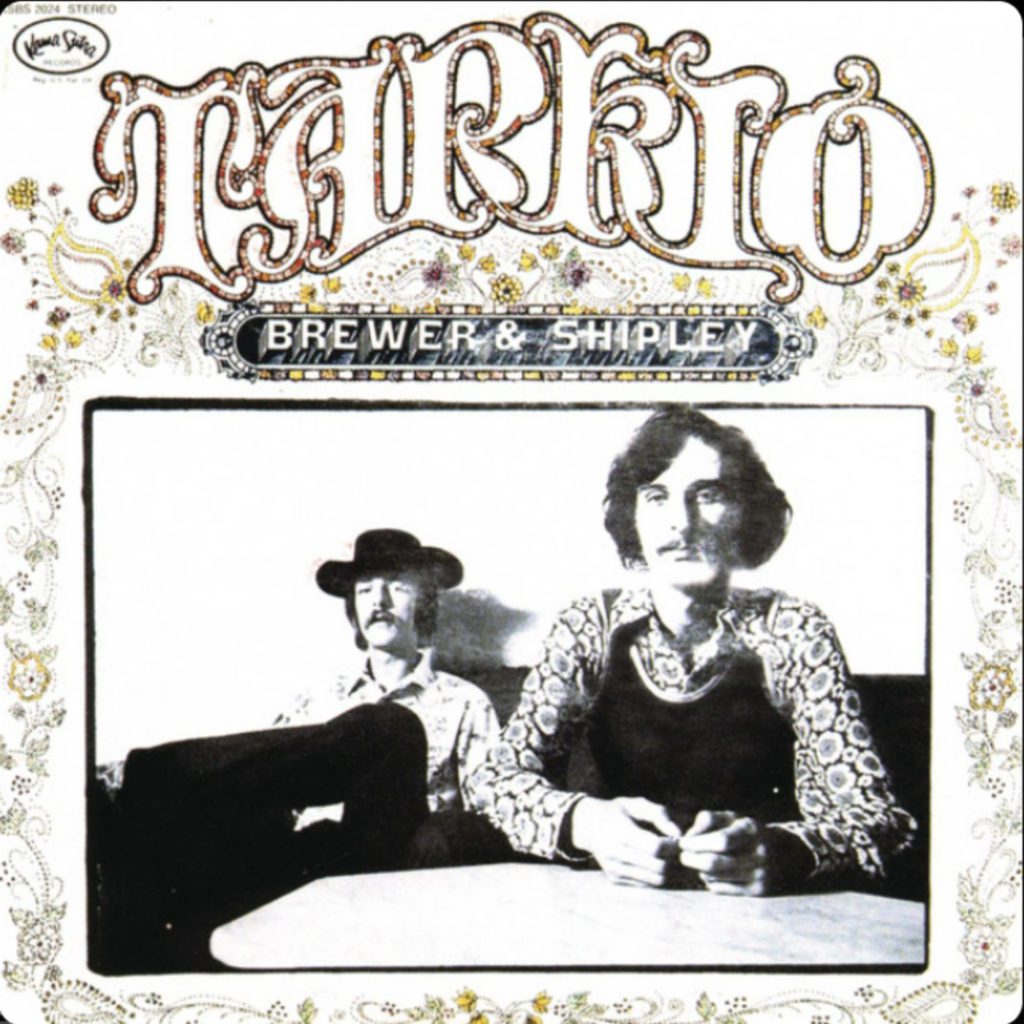
Garcia’s pedal steel debut arrived courtesy of this folk-rock duo, unveiling a talent that would become legendary. His steel guitar weaves soulful textures throughout the album, adding emotional depth to Brewer and Shipley’s acoustic foundation. The sessions paired him with future collaborators John Kahn on bass and Bill Vitt on drums, forming a rhythm section that would anchor countless Garcia projects. The Brewer & Shipley official site documents Garcia’s involvement and gives readers access to more information about the album.
This album represents Garcia’s first serious exploration of pedal steel, an instrument that would define his session work throughout the ’70s. His playing here feels both tentative and inspired, like discovering a new language that perfectly expressed his musical thoughts. Garcia’s collaborative spirit not only spotlighted legendary artists, but also breathed new life into emerging or overlooked groups—a trait shared by many of the 20 best forgotten groups of the 1970s who deserve renewed attention today.




